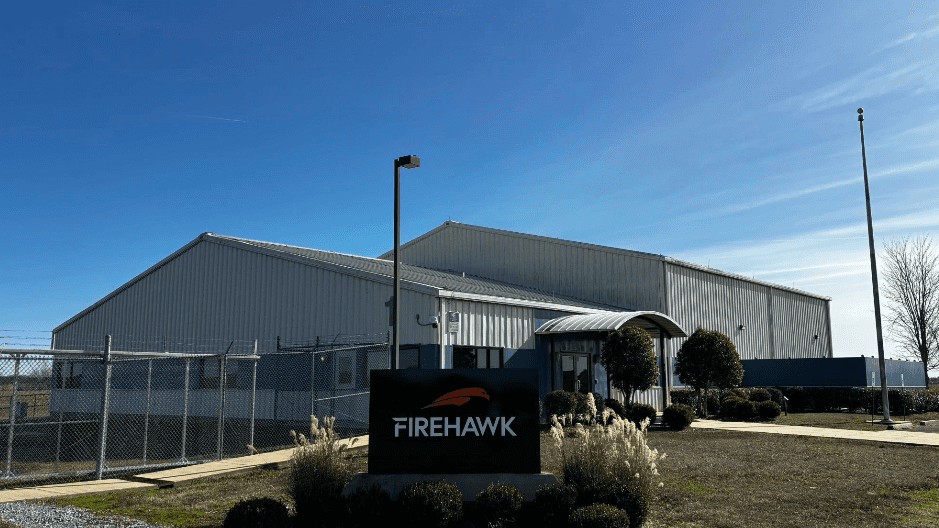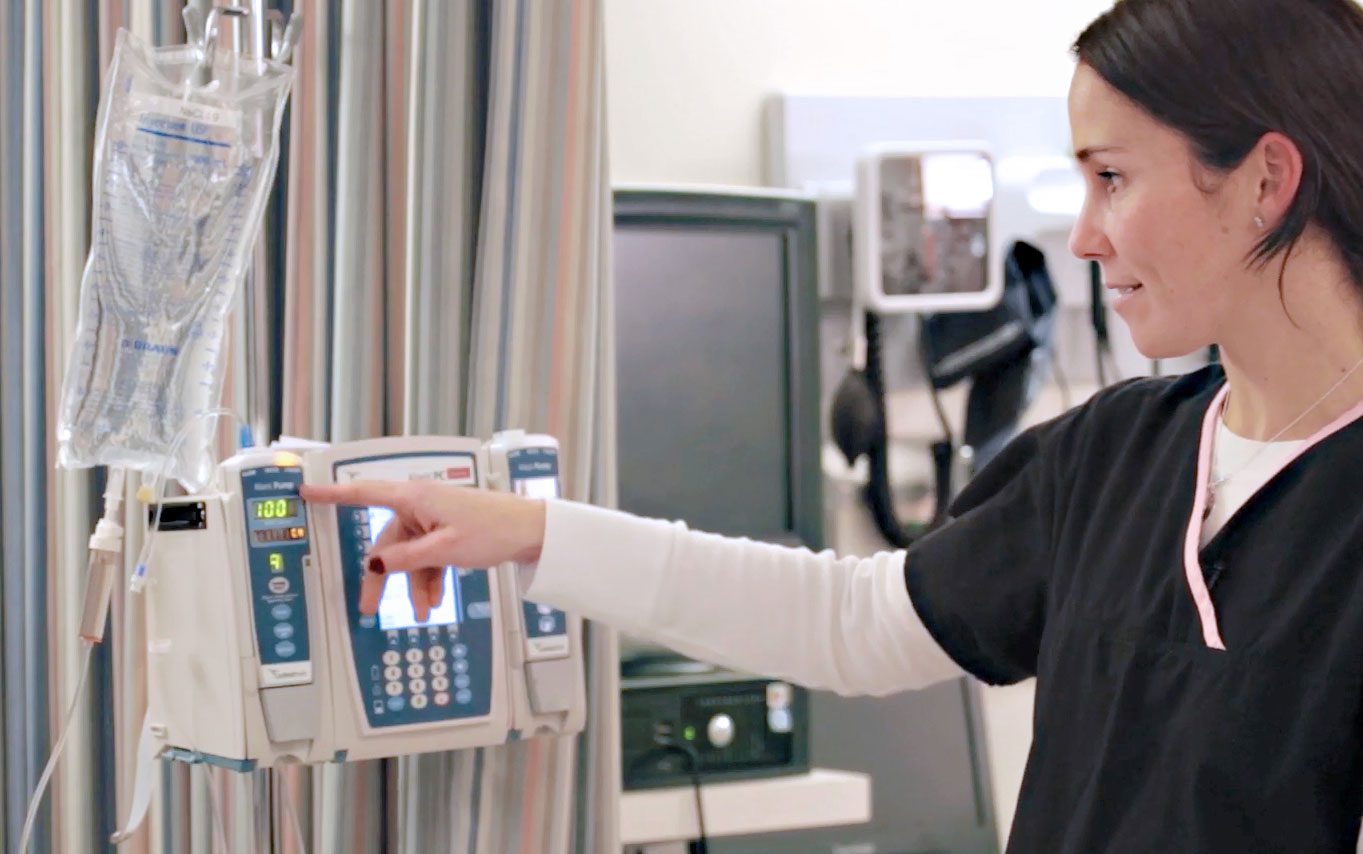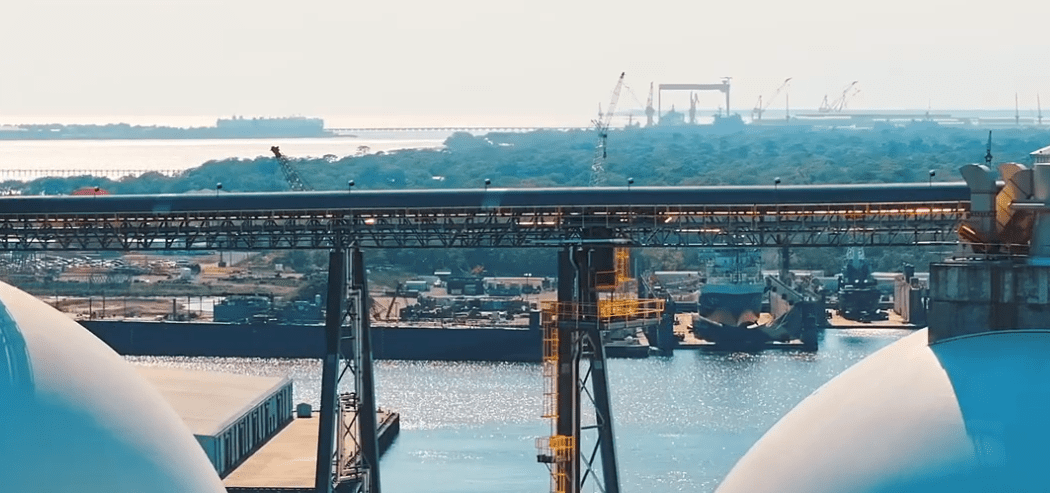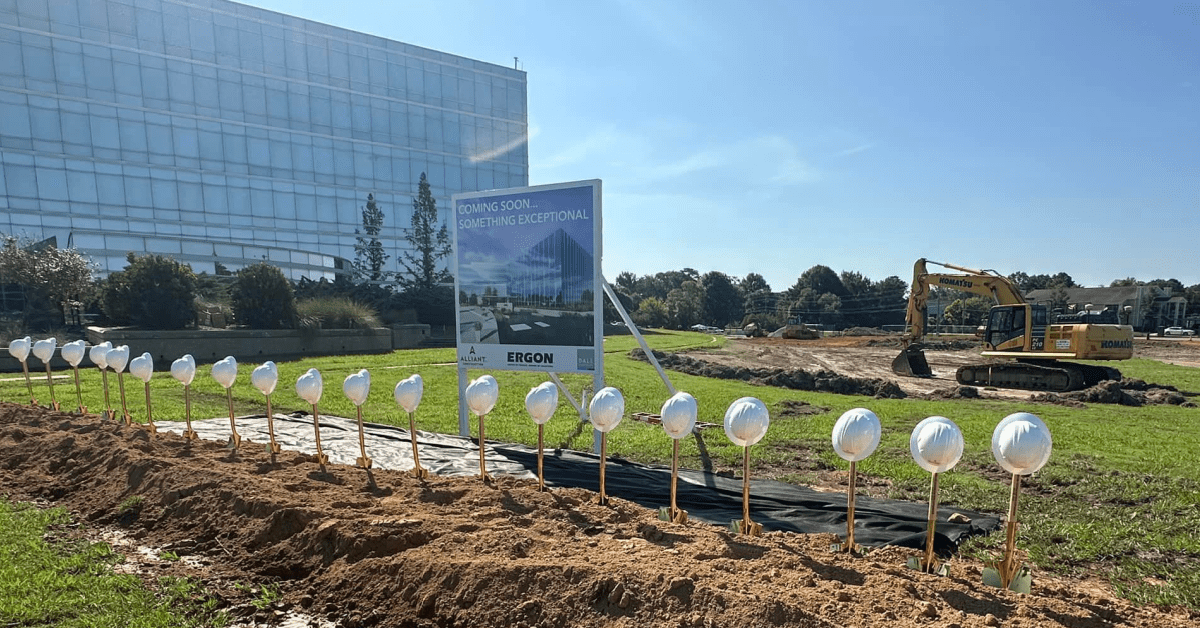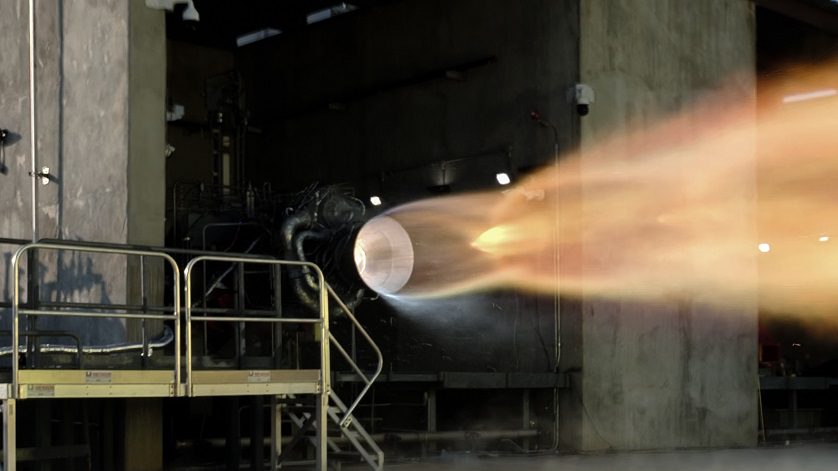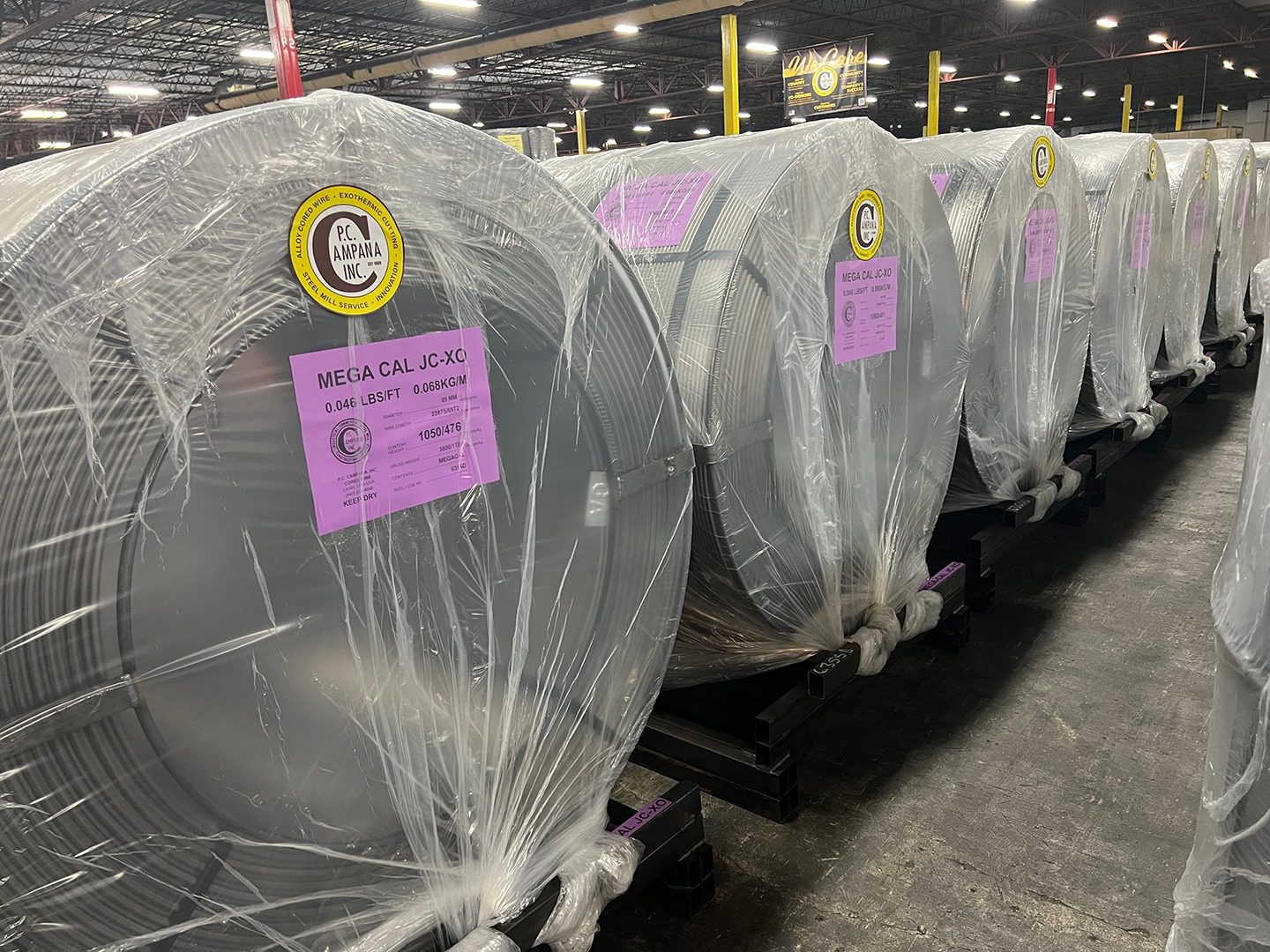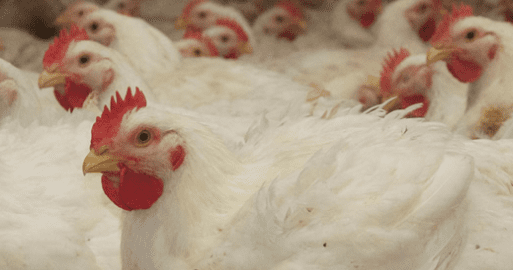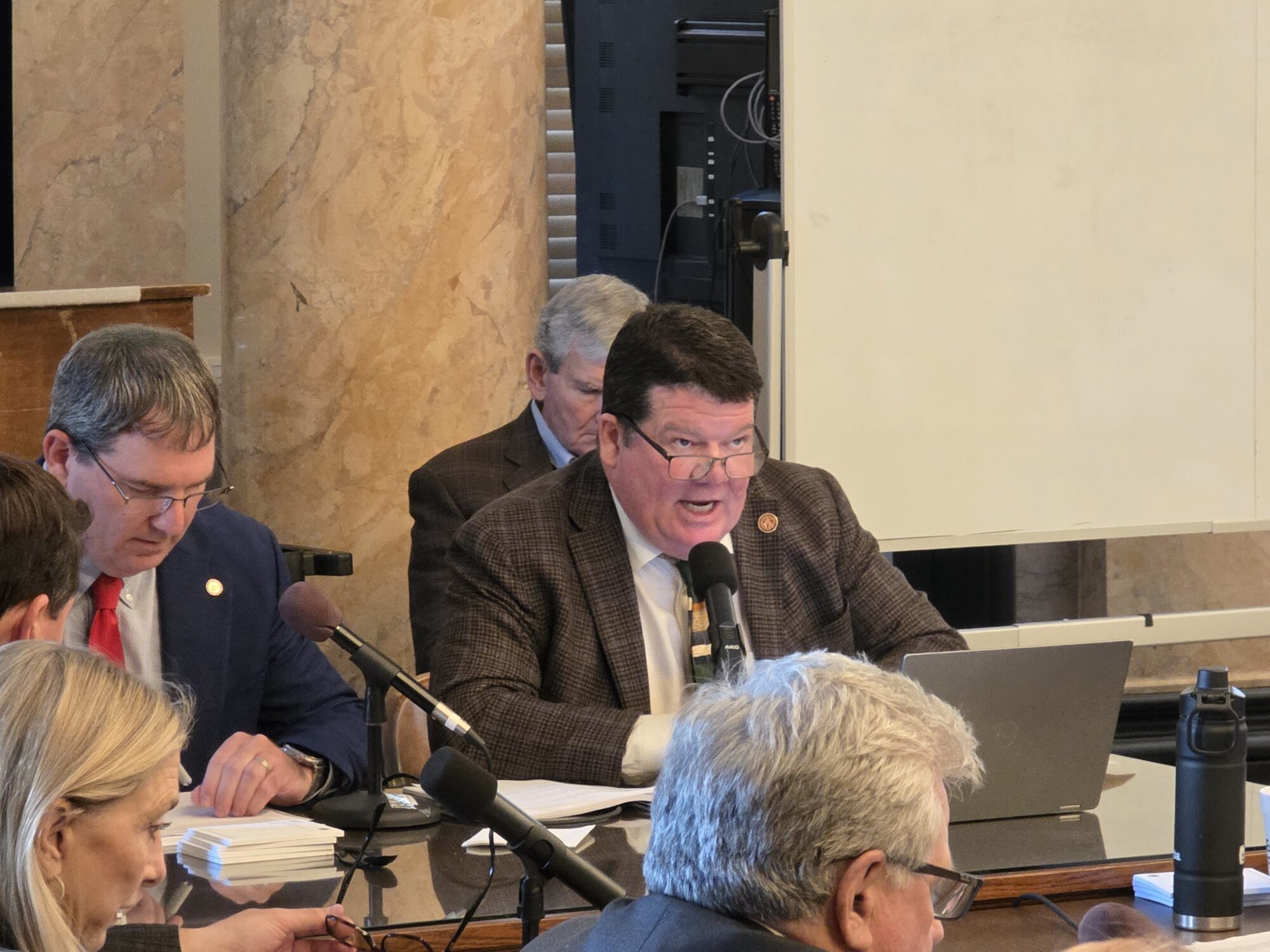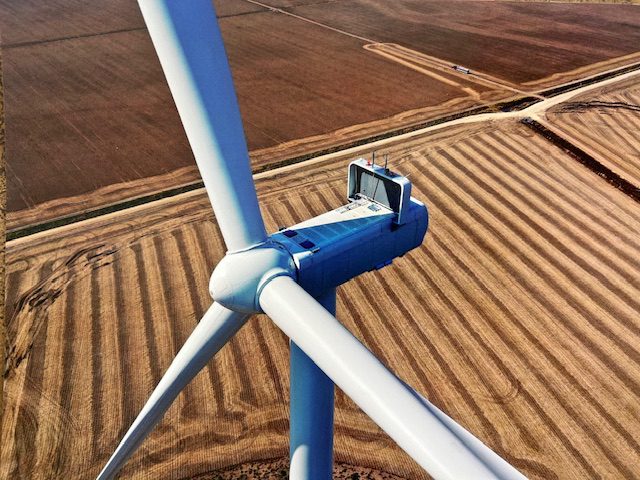
Delta wind turbine
- The Magnolia State’s first utility-scale wind farm is operational. From a unique perspective, Tunica County farmer Abbott Myers describes the development process.
It happened on June 18, a dusty day in the Mississippi Delta that spiked 88 degrees. A major milestone involving Amazon (NASDAQ: AMZN) was celebrated in Dundee (population: 73) so quietly that mainstream media generally overlooked it.
On that day, Delta Wind Farm, the state’s first utility-scale wind farm, with 41 of the nation’s tallest wind turbines on U.S. land, officially began generating carbon-free energy to help power Amazon’s nearby operations. The wind farm is located on 14,000 acres of precision land-formed and graded soil long-term leased from Tunica County farmer Abbott Myers and others.
Initially announced in July 2023, Virginia-based AES Corporation (NYSE:AES) brokered the deal with Amazon to provide 184.5 megawatts (MW) of energy, enough to power approximately 80,000 homes.
The substantial project represents a spectacular boost to a place that was “the poorest county in America,” said Charles Finkley Jr., CEO of Tunica County Chamber of Commerce and Economic Development.
“These types of projects aren’t going to come in and solve all the problems with our communities,” he said when the project was announced. “But … it’s a start and a step in the right direction.”
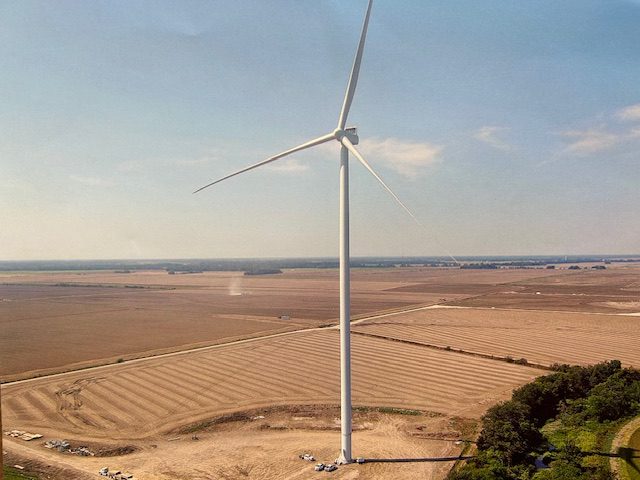
A Unique Viewpoint
Abbott Myers observed the wind farm develop in his backyard.
“I’ve enjoyed watching them build this project, especially during construction and the foundation work, and seeing the blades and generators go up in the sky,” said Myers, who has 7,500 acres. He and his son, Ransom, farm approximately 2,000 acres of rice, and last year moved around the crops to accommodate construction of the wind turbine towers.
“They were very blessed during construction to have a dry year,” he said. “The Mississippi River was low. They didn’t have water incursion problems.”
The project has 41 wind turbine towers, each 450 feet tall through the center of the generator, reaching nearly 700 feet with the blade tip at its highest point. It’s the tallest wind farm on U.S. land.
Before each tower was built, “they put in geo piers pilings,” explained Myers, an agricultural engineering graduate from Mississippi State University. “They’d make about an 18-inch hole, put rock in it, and pound it down to 80 feet. Depending on the site, they’d have from 60 to 200 pilings under each wind turbine. Then they’d have about 1,000 yards of concrete and 60 tons of steel.”
The bottom part of the tower, bolted down by a 30-foot diameter collar, “looks like an upside-down mushroom,” Myers said, with a chuckle. “Or, as my wife, says, it looks like a UFO.”
Each variable high-tech turbine blade measures and weighs around 44,000 pounds.
“The blades are absolutely fascinating,” said Myers. “They’re made out of fiberglass and graphite and very little steel, with just a bolt-on collar and a little lightning protection.”
Each tower has a generator representing 4.5 MW.
“The generator has gears in it because they turn fairly slowly,” said Myers. “One revolution of the blade is roughly 4.5 seconds. A gearbox speeds up the shaft speed, it goes to the generator, and the generator produces electricity. All the power goes down through the center of the tower by cables to five feet underground, then to a substation, where the power is boosted up a voltage from 7,200 to up to 170,000 to go into the transmission line.”
Each generator with blades turns and aligns itself at the optimum direction and optimizes the pitch of the blades to generate the most electricity, explained Myers.
When the wind reaches over the optimum 17-and-a-half miles an hour, “they start feathering the blades,” or rather, “turn the blades straight, so the wind turbines won’t rotate or they’ll rotate very minimally,” he explained. “Anything over that speed is excess.”
Every tower has a computer and multiple weather stations.
“Energy demand done for the electrical net, like Cooperative Energy, has to be figured up every day and predicted for the next,” said Myers. “How hot is it going to be? They predict the temperatures.”
Overall, Delta Wind Farm has been a terrific addition to little Dundee, Tunica County, the Mississippi Delta, and the state, said Myers, while also emphasizing the significance of Entergy and Amazon.
“My son and I are thrilled to be a tiny part of it,” he said, “and we hope they’ll increase the size of the farm.”
Is Magnolia Wind Farm next?
Generating Wind Energy:
- A computer turns the nacelle and the rotor (three blades and a hub) to face into the wind. The blades rotate when wind moves over them, which turns the rotor and a low-speed shaft.
- The gearbox connects the low-speed shaft to the high-speed shaft to increase the rotational speed.
- The generator uses this faster motion to turn magnets surrounded by copper wire loops. This creates electromagnetic induction, which generates electricity.
- The electricity travels down the inside of the tower through cables to a transformer at the base of the tower.
- From the transformer, electricity flows underground to an onsite substation.
- Overhead power lines take the electricity to an offsite substation and into high-voltage transmission lines.
- The electricity goes from the high-voltage transmission lines into lower-voltage distribution lines.
- The distribution lines bring electricity to customers’ homes and businesses.
SOURCE: AES Corporation
#####
